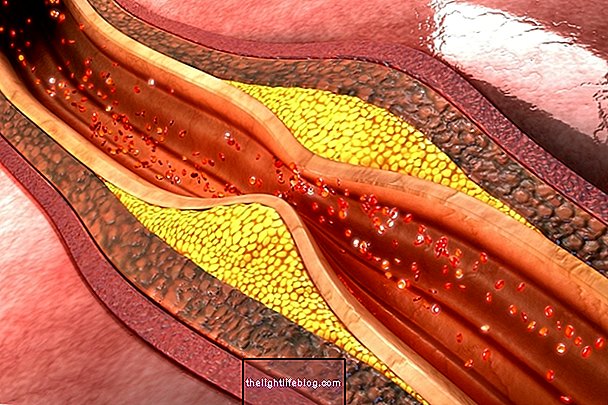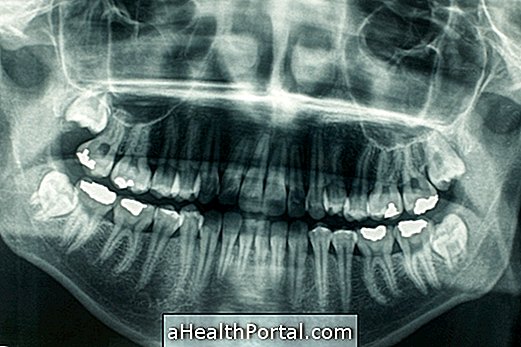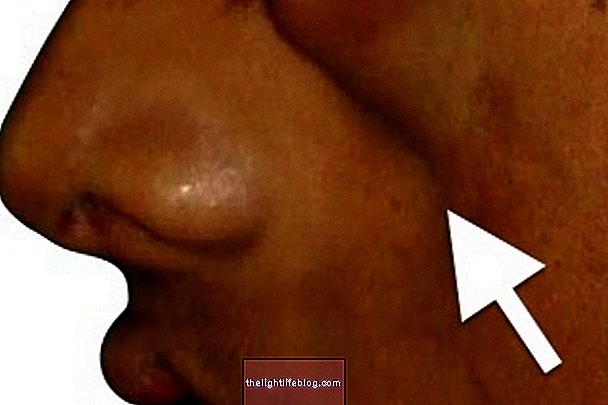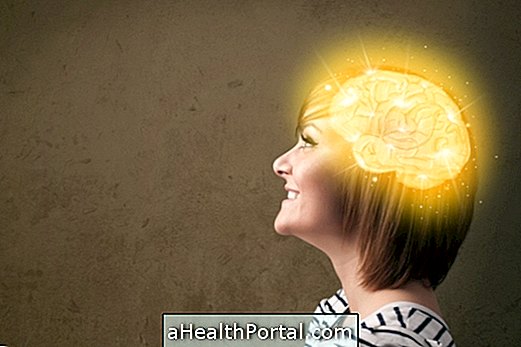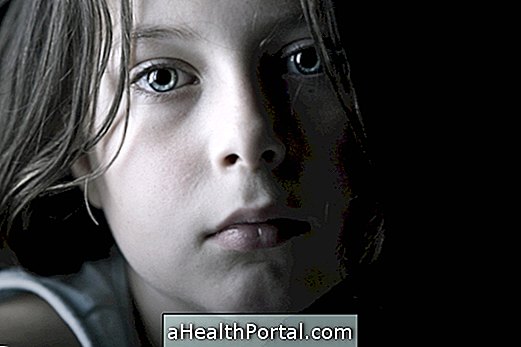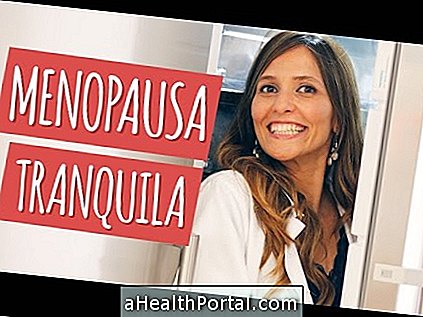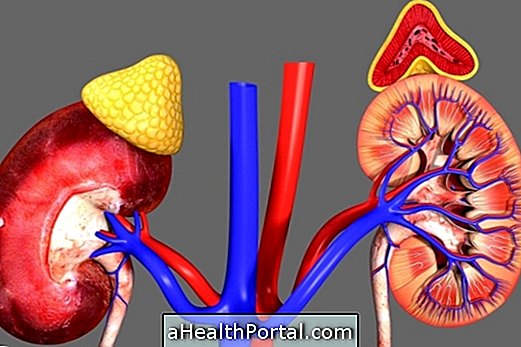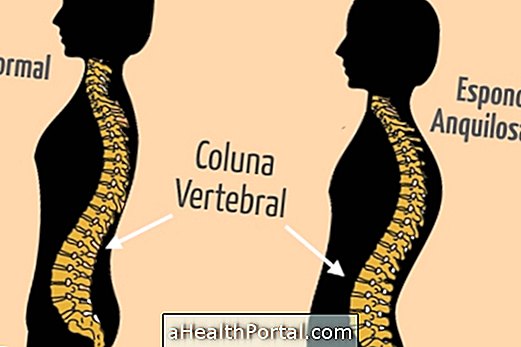Postural hypotension, also known as orthostatic hypotension, is a situation characterized by a rapid decrease in blood pressure, which leads to the appearance of some symptoms, such as dizziness, fainting and weakness.
This situation happens mainly when the person moves from the lying or sitting position to the standing position quickly, but it can also be a consequence of the use of some medications, prolonged bed rest or dehydration, it is important to investigate the cause and start the appropriate treatment.
-o-que--causas-e-tratamento.jpg)
What can cause postural hypotension
Postural hypotension happens mainly when the person gets up quickly, not having enough time for the blood to circulate properly, accumulating in the veins of the legs and chest, resulting in the symptoms. Other causes of orthostatic hypotension are:
- Use of some medications;
- Dehydration, in which there is a decrease in blood volume;
- Lying or sitting for a long time;
- Pressure changes due to age;
- After intense physical activity;
- Uncontrolled diabetes mellitus;
- Parkinson's disease.
There is also postprandial hypotension, which is more common in the elderly and is characterized by a sudden and sudden decrease in blood pressure a few hours after a meal, which may represent a risk for the person, since it increases the risk of falling, heart failure and postprandial stroke.
Postural hypotension is characterized by a drop in pressure, so that systolic pressure is less than 20 mmHg and diastolic pressure less than 10 mmHg. Thus, in the presence of signs and symptoms indicative of a drop in pressure, it is important to go to the cardiologist or general practitioner to make the diagnosis.
The diagnosis of this type of hypotension is made by checking blood pressure in different positions, so that the doctor can assess the variation in blood pressure. In addition, the doctor assesses the signs and symptoms presented by the person, as well as the history. Some tests can be recommended, such as electrocardiogram (ECG), glucose and electrolyte dosage, such as calcium, potassium and magnesium, for example, however the result of these tests is not conclusive for postural hypotension.
Main symptoms
The main signs and symptoms related to orthostatic hypotension are fainting sensation, blackout of vision, dizziness, palpitation, mental confusion, loss of balance, tremors, headache and falling, and it is important to consult the doctor in case the hypotension is frequent.
The occurrence of postural hypotension increases with age, being more frequent in the elderly, and the symptoms can appear seconds or minutes after the person gets up, for example.
How the treatment is done
The treatment is established by the doctor according to the cause of the orthostatic hypotension, so that it is recommended to change the dose of a certain medication being used, increase the consumption of fluids and practice of regular and light to moderate intensity exercise. . In addition, it is important to lie down for a long time, and it is recommended to sit or get up regularly.
In some cases, the doctor may also recommend the use of some medications that promote sodium retention and symptom relief, such as Fludrocortisone, for example, or non-steroidal anti-inflammatory drugs (NSAIDs) that also promote the improvement of postural hypotension.
Was this information helpful?
Yes No
Your opinion is important! Write here how we can improve our text:
Any questions? Click here to be answered.
Email in which you want to receive a reply:
Check the confirmation email we sent you.
Your name:
Reason for visit:
--- Choose your reason --- DiseaseLive betterHelp another personGain knowledge
Are you a health professional?
NoMedicalPharmaceuticalsNurseNutritionistBiomedicalPhysiotherapistBeauticianOther
Bibliography
- MSD MANUAL. Orthostatic hypotension. Available in: . Accessed on 20 Sep 2019
- FILHO, Roberto Kalil; FUSTER, Valentin. Cardiovascular Medicine: Reducing the impact of disease. 1.ed. São Paulo: Atheneu, 2016. 1051; 1055.
- BMJ BEST PRACTICE. Orthostatic hypotension. Available in: . Accessed on 20 Sep 2019
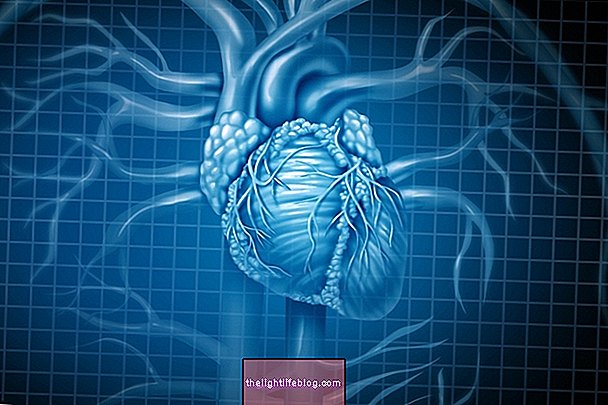
-o-que--causas-e-tratamento.jpg)


